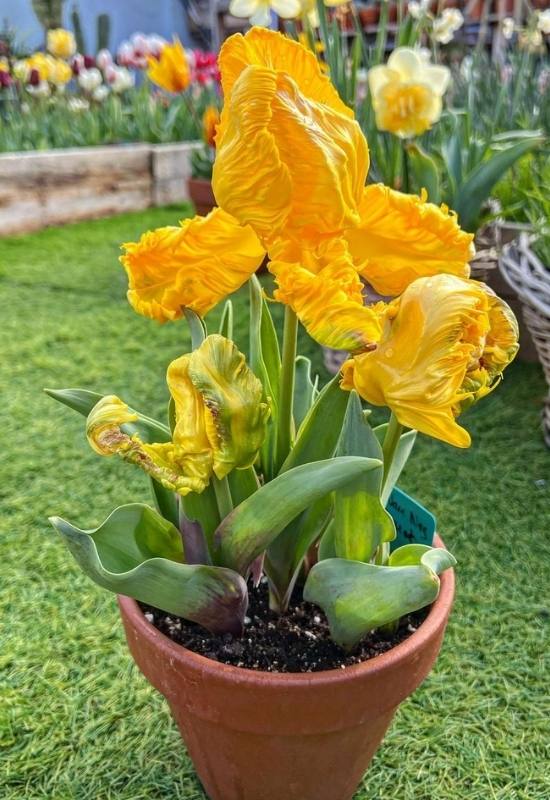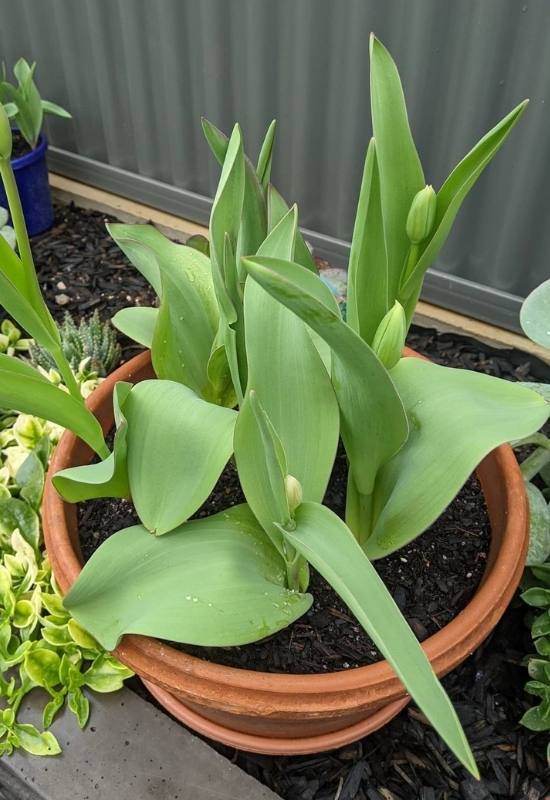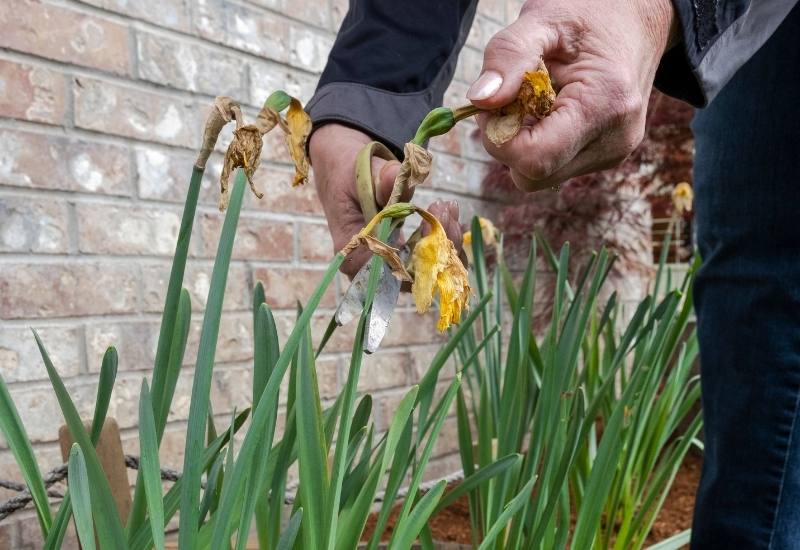
If you remove spent blooms on the tulips in your garden, they will come back as strong, healthy, and beautiful next spring. These symbols of the Netherlands have wonderful blooms, large, showy, and colorful, but they take a lot of energy from the bulb and plant, and you should cut them off your tulips when the blossom is spent.
It doesn’t matter which variety or type of tulip you have in your garden; they need attention and care after the flowers wilt, which can make all the difference.
In fact, deadheading tulip has some good consequences, such as preventing the tulip from growing seeds and seed pods, helping the bulb grow bigger underground, getting better blooms next year, and promoting bulb propagation after year.
Of course, the big question is when and how you can deadhead your tulips’ blooms for best results…
So, if you want your tulips to be as vigorous and beautiful next year, find out why, when, and how to deadhead tulips and what to do afterward! All explained to you on this page!
The Benefits Of Deadheading Tulips
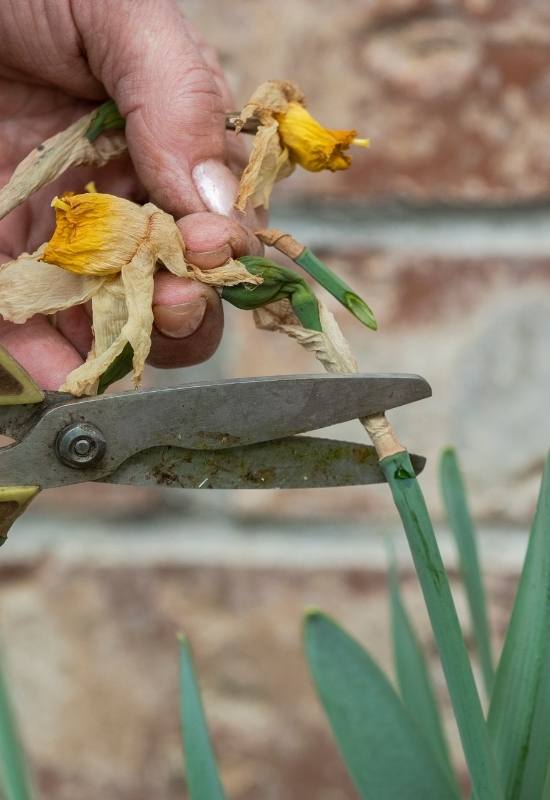
Tulips are delicate flowers, their large and showy blooms consume a lot of energy, and by deadheading them, you give them a helping hand.
There are three main reasons why deadheading tulips means better flowers next year, and we can see them now…
Deadhead Tulips to Prevent Seed Pods
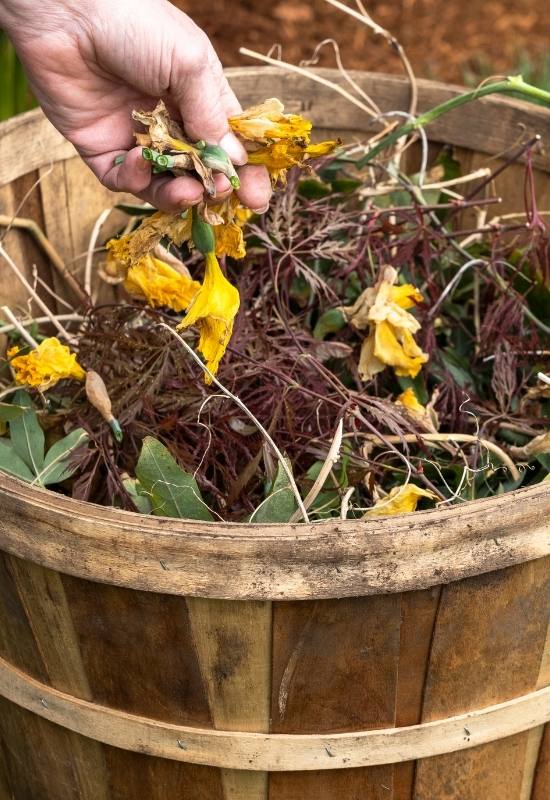
Once the bloom is spent, your tulip will try to produce seeds. This takes up a lot of energy, but we don’t use seeds to reproduce them. This is for many reasons, for example:
The idea is that you don’t want your tulip to invest a lot of work and energy for a seed that you don’t need…
Feed and Grow the Bulb
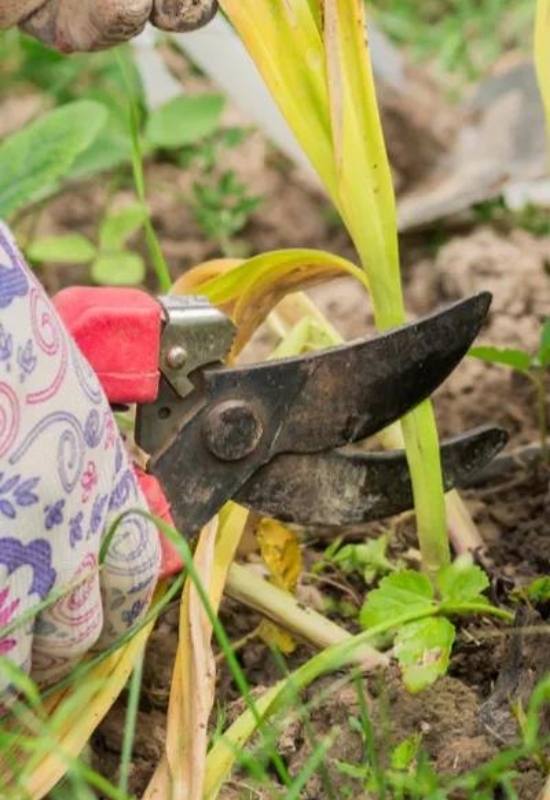
How big and healthy your tulip bulb is determines how healthy and strong your tulip will be next year. So, if you plant spends energy producing seeds, it does not have much to send back into its “storage” apparatus, the bulb, in fact.
If you deadhead tulips, the energy from the leaves will go back underground, into the bulb, which will fatten after having lost weight, size and volume to produce the flower. In fact…
Encourages It To Produce More Blooms Next Year
… In fact, if you don’t deadhead the spent blooms, the chances are that your tulip will simply not bloom next year. It may happen, if the bulb was big to start with, but if you want to make sure, it needs to grow back to the weight it had before blossoming, or even more…
So, if you deadhead tulip bulbs, you are almost guaranteed big, healthy and beautiful flowers next year!
Promote Bulb Propagation
If you allow your tulip to produce seeds, it will not try to propagate the other way, which is by producing small bulbs… Instead, if it is strong enough, you will find those little bulbs next to the main one once you uproot it…
And these have many advantages over seeds:
We will see what to do with these small bulbs late on. Now you know why you should deadhead tulips, we can see when and how…
When You Should Deadhead Tulips
You should deadhead tulips as soon as the bloom is spent. Careful gardeners do it as soon as the first few petals drop, but you can easily wait till all have fallen.
In fact, as soon as your tulips start shedding their petals, they start producing seeds… So, keep a close eye on your flower beds and make sure you act as soon as possible. Your plant will not last long after the blossom, so, every day matters. You can:
What you should not do is wait till the foliage starts yellowing; at this stage, your tulip is already starting its storing energy into the bulb phase.
How to Deadhead Tulips Correctly
But now it’s time to learn how to deadhead tulips like a professional; don’t worry, it’s very simple.
That’s it; it literally takes a few seconds. Then, just put the spent blooms into your compost heap. But what can you do after deadheading tulips? Up next…
What To Do After You Deadhead Your Tulips
The first thing to do after you have deadheaded your tulips is wait…
You could feed them at this stage if your soil is poor, but use a quick release and balanced natural fertilizer, like with NPK 10-10-10. Your plant will not have much time to store away energy… It is really a matter of weeks.
Now, what you need to do is…
This will usually be early summer, June in most cases, to give you a time frame. Now, how can you take the bulbs out?
And now it is time to put the mother bulbs to sleep…
They will need to spend the summer months in a cool, dry, ventilated and dark place. If you leave them in the soil, they risk rotting away, and they often do. Any rain, humidity, any even excessive hat can literally ruin them, even kill them.
Finally…
But if you have found small pup bulbs, then you are in luck, because you can grow your collection for free.
New little tulips will come out soon, and they will not bloom. Once they wilt away, remove the small bulbs and you will see that they are much bigger.
Give them a few months of rest in a cool, dry and dark place, then replant them in deeper pots… In a couple of years, they will be big enough to go in the ground and produce healthy new flowers.
This is all, but maybe there are a few questions you still want to ask…
Frequently Asked Questions About Deadheading Tulips
Let’s get rid of any doubts, with the most common questions on deadheading tulips and clear, straightforward but also exhaustive answers.
1: Question: “Can I deadhead tulips long after the bloom is spent?”
Yes you can! However, the longer you wait, the smaller your results next year will be. Your tulip has only a few weeks to feed the bulb before the whole plant above ground dies up… So, if you are late, by all means go ahead, but remember it for next year!
2: Question: “What happens if I just let the whole tulip wilt without deadheading it?”
You tulip will usually not die; the bulb will survive. But… it is very unlikely that you will get good blooms next year. You may get some, usually small, and sometimes, none at all. And this leads us to the next question.
3: Question: “What can I do if I have forgotten to deadhead tulips?”
It happens; it’s too late, the plant has wilted above ground and all you have is a small and weak bulb. Just let it rest till October to start with. Then, replant it in a pot with very good compost and coarse sand if you can.
And when you see the size of the new plant, if it is small, deadhead the flower bud as soon as it comes. Just don’t let it bloom this year; force it to store away lots of energy for next year!
4: Question: “Can I leave the bulbs in the ground?”
It is possible to leave bulbs in the ground, but not every where. You need to have perfect summer conditions to do it; no rain, a perfectly drained and aerated soil, a healthy environment.
So, if you ask me, I would say no – don’t take the risk. Take the time to get them out of the soil, and plant them again in October.

Written By
Adriano Bulla
After many years as an academic in London, Adriano Bulla became a writer, publishing books like A History of Gardening, Organic Gardening and Elements of Garden Design; he then decided to become a gardener, following his childhood dream, and has been following his dream writing and gardening professionally in Southern Europe, where he has specialized in new and innovative organic gardening fields and techniques, like permaculture, regenerative agriculture, food forests and hydroponics.

